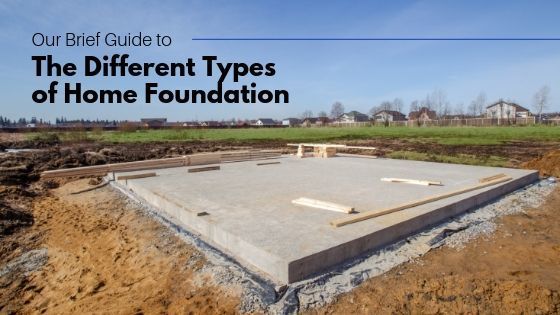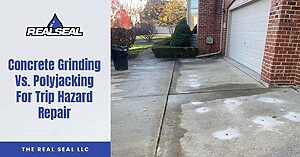Foundations aren’t just important for keeping your home upright—they also contribute to effectively waterproofing basements. We summarize the different types of home foundations that contractors typically build for residential properties.
Basement Foundations
To build a basement foundation, contractors must dig at least eight feet deep. Then, they pour concrete, which will form the foundation’s base and walls. Basements in older homes may be constructed from bricks or concrete blocks. The best part about basement foundations is that they have a great return on investment: you and future homeowners can use the space as extra living or storage space, which is why basement foundations are so popular.
Concrete Slab Foundations
As the name suggests, these foundations are formed from slabs of concrete. Keep in mind that this type of foundation is built directly on the soil, so there’s no available space underneath the home. Concrete slab foundations are not only very common, but also inexpensive and easy to build. They’re also exceptionally sturdy; in fact, the International Association of Certified Home Inspectors mentions that “the concrete compressive strength used in residential construction is typically either 2,500 or 3,000 psi.” Concrete slabs are ideal for areas that frequently experience flooding.
Crawl Space Foundations
Crawl space foundations have short foundation walls supported by footings, creating a small area three or four feet high under the house. While this space is uninhabitable, it provides easy access to pipes and utility lines and is comfortable to crawl on. A crawl space is typically made from brick and cinder block. Crawl space foundations are excellent in both dry and flood-prone climates as well as on sloped lots.






